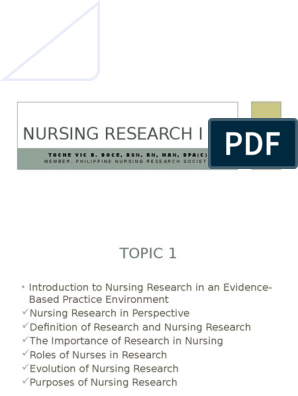0% found this document useful (0 votes)
267 views86 pagesOrthopedic Cast, Braces, and Traction Application
The document defines casts, braces, and traction and discusses their purposes and types. It identifies the main objectives of cast, brace, and traction application as promoting healing, immobilization, protection of injuries, and maintenance of bone alignment. Various types of casts are described for different parts of the body, along with the indications for their use and guidelines for proper application. Patient education on signs of compartment syndrome is also covered.
Uploaded by
Miss medCopyright
© © All Rights Reserved
We take content rights seriously. If you suspect this is your content, claim it here.
Available Formats
Download as PDF, TXT or read online on Scribd
0% found this document useful (0 votes)
267 views86 pagesOrthopedic Cast, Braces, and Traction Application
The document defines casts, braces, and traction and discusses their purposes and types. It identifies the main objectives of cast, brace, and traction application as promoting healing, immobilization, protection of injuries, and maintenance of bone alignment. Various types of casts are described for different parts of the body, along with the indications for their use and guidelines for proper application. Patient education on signs of compartment syndrome is also covered.
Uploaded by
Miss medCopyright
© © All Rights Reserved
We take content rights seriously. If you suspect this is your content, claim it here.
Available Formats
Download as PDF, TXT or read online on Scribd
/ 86

























































































